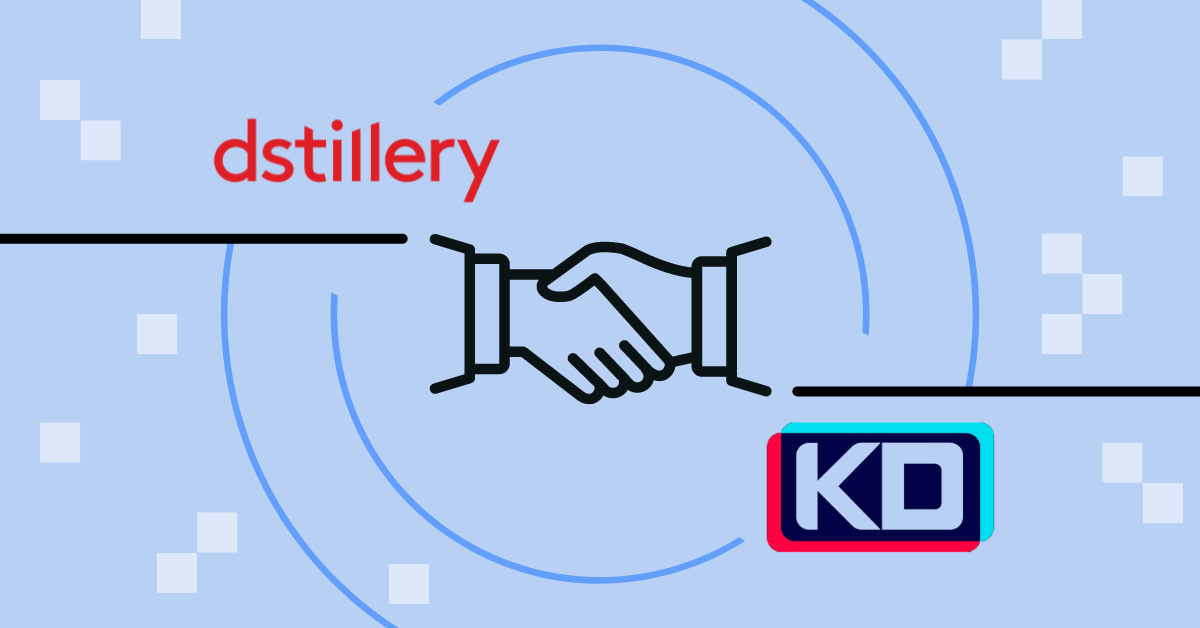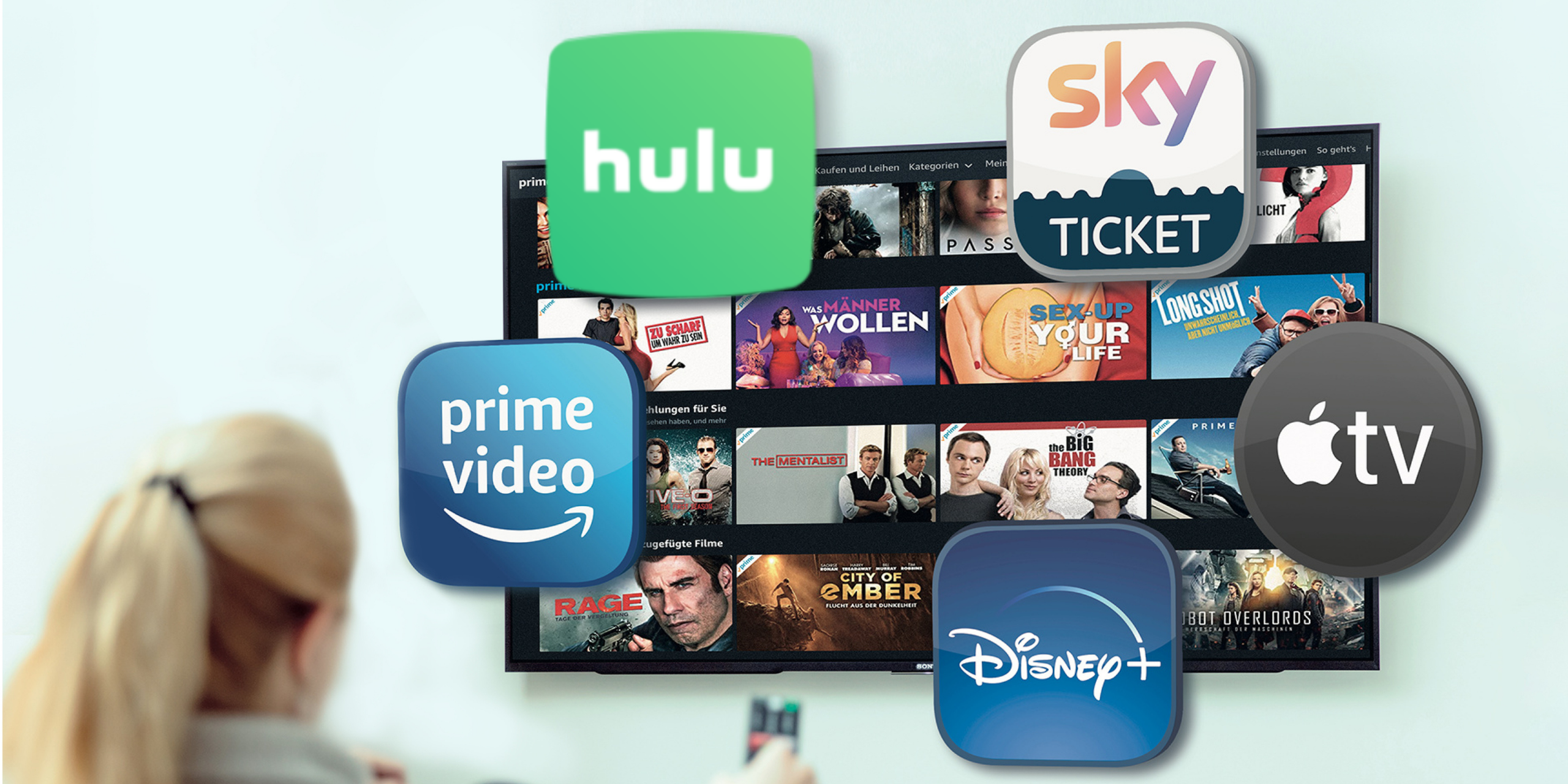CTV Retargeting
CTV retargeting, a cutting-edge marketing strategy, revolutionizes the way brands reach their audiences by leveraging the rapidly growing popularity of connected TV platforms like Roku, Amazon Fire TV, and Apple TV. Harnessing the power of CTV retargeting empowers marketers to re-engage with users who have previously shown interest in their products or services through CTV ads, thereby increasing the likelihood of conversion and driving higher return on ad spend. By tapping into the rich reservoir of user behavioral data collected from various CTV platforms, advertisers can now deliver highly personalized and relevant ads to their target audience at scale.
The advent of connected TV technology has dramatically altered the landscape of video advertising by offering unparalleled targeting capabilities compared to traditional linear television. Viewers are no longer confined to watching scheduled programming on cable networks; rather, they can access an extensive array of content via smart TVs and streaming devices, all while enjoying a seamless ad-free experience. Consequently, advertisers must adapt to these changing consumer preferences by implementing innovative CTV retargeting strategies that cater specifically to this new breed of digital-savvy viewers.
For instance, utilizing connected TV data for CTV retargeting involves segmenting viewers based on their content consumption patterns and serving them tailored video creatives that resonate with their unique interests. This hyper-targeted approach allows brands not only to increase brand awareness but also to drive higher engagement levels among potential customers who are more likely to respond favorably due to their prior exposure to the brand’s messaging. Furthermore, CTV retargeting provides advertisers with granular insights into campaign performance metrics such as view-through rates and conversions – critical information that can be used for optimizing future ad strategies in real-time.
CTV retargeting presents a game-changing opportunity for marketers seeking an edge in today’s fiercely competitive digital advertising arena. By harnessing the full potential of connected TV technology and embracing advanced targeting methodologies, brands can successfully navigate the shifting sands of audience engagement, attract new customers, and foster brand loyalty like never before.
What Is Connected TV
What is connected TV, you ask? Connected TV, or CTV for short, is the innovative combination of traditional television with internet connectivity and interactive features. Providing viewers with a seamless blend of both worlds, CTV has become the go-to choice for many who crave an immersive and personalized entertainment experience.
Not sure what the CTV meaning is? The term “connected” refers to the ability of these smart devices to connect to the internet, allowing users to access various streaming services like Netflix, Hulu, MAX and Peacock – ultimately expanding their content choices beyond traditional cable networks.
What makes CTV such an attractive option for consumers is its seamless integration into everyday life. With just a few clicks on your remote control or smartphone app, you can easily switch between live television broadcasts and online video streaming content tailored specifically to your viewing preferences.
So now that we’ve covered what is CTV let’s dive deeper into its significance in today’s fast-paced world. The connected TV meaning extends beyond merely being able to access online content – it also involves the integration of various technologies that enhance user experience. Features such as voice recognition, personalized recommendations based on viewing habits, and even home automation compatibility are all part of this rapidly evolving landscape.
Furthermore, CTV examples are not limited to just smart TVs – they also include gaming consoles like Xbox One or PlayStation 4 and streaming devices such as Roku or Amazon Fire Stick that transform any television with an HDMI port into a connected TV powerhouse.
With continued advancements in technology and increasing consumer demand for high-quality content available at their fingertips any time they want it, connected TV proves itself as not just another trend but rather a significant shift in how we consume entertainment media moving forward.
How Does CTV Advertising Work
Discover the dynamic world of Connected TV advertising, an innovative and rapidly growing marketing method that offers a unique opportunity for advertisers to directly engage with their target audience through connected TV channels. With the expanding adoption of internet-enabled devices such as connected TVs and smart TVs, CTV advertising has become an essential component in any comprehensive marketing strategy. By leveraging advanced CTV advertising platforms, businesses can efficiently deliver their message to consumers via premium video content on popular streaming services and applications.
Now, let’s delve deeper into how does CTV advertising work by examining its core components, namely CTV providers, CTV DSPs (Demand Side Platforms), and the key differences between connected TV vs smart TV. CTV providers are companies like Roku, Amazon Fire TV, Apple TV, and others that offer access to a wide range of streaming services and applications where ads can be displayed. These providers facilitate seamless integration between advertisers and connected TV channels for maximum reach and impact.
To further streamline the process and effectively manage ad campaigns across multiple providers, marketers turn to cutting-edge CTV DSPs. These specialized platforms enable efficient buying of ad inventory from various publishers in real-time while providing granular targeting capabilities based on demographics, interests, behaviors, or even specific content categories. As a result, brands benefit from increased precision in reaching their desired audience segments while minimizing ad waste.
Before diving into the realm of CTV advertising completely though you must understand the distinction between connected TV vs smart TV—a nuance that may seem trivial but bears significant implications for marketers planning their campaigns. A connected TV is any television that connects to the internet via built-in capabilities or external devices like streaming boxes or gaming consoles; it grants users access to streaming services without being tethered to traditional cable subscriptions. On the other hand, a smart TV refers to TVs with integrated internet functionalities allowing users not only to stream content but also browse websites or use apps natively on their devices. While both types of devices fall within the broader category of internet-enabled TVs, it’s essential to recognize their subtle differences when planning a CTV advertising campaign to ensure optimal reach and customization.
Understanding how CTV advertising works is vital for any modern marketer. By harnessing the power of connected TV channels and utilizing advanced CTV advertising platforms in tandem with specialized CTV DSPs, businesses can now deliver their message to highly targeted audiences on popular streaming services and applications with ease. Furthermore, by recognizing the distinctions between connected TV vs smart TV, marketers can effectively tailor their campaigns to suit specific devices while ensuring maximum impact. Embrace the future of marketing today and reap the benefits of this exceptional digital medium that seamlessly combines the visual storytelling prowess of traditional television with the precision targeting capabilities inherent in digital advertising for unparalleled results.
OTT Vs CTV
In the ever-evolving world of digital advertising, understanding the difference between OTT vs CTV is essential for marketers looking to maximize their campaigns’ effectiveness. Over-the-top (OTT) advertising refers to the delivery of video content through the Internet, bypassing traditional cable or satellite television platforms. Some prime examples of OTT advertising include ads streamed on services like Netflix, Peacock, and Hulu. On the other hand, connected TV (CTV) advertising specifically targets content that’s streamed on smart TVs or other devices like Roku or Apple TV, connecting directly to users’ home televisions. This distinction between CTV vs OTT is crucial as it profoundly impacts how advertisers approach ad placements and target specific audiences.
As we delve deeper into the realm of OTT vs CTV advertising, it’s important to understand what makes each platform unique in terms of its promotion capabilities. For instance, what is CTV advertising offering that sets it apart from traditional TV spots? Unlike conventional commercials that may be overlooked by viewers using DVRs or changing channels during breaks, CTV advertising capitalizes on the growing trend of streaming platforms to deliver highly targeted ads that engage users more effectively through personalization and interactivity. In contrast, what is OTT advertising known for? It’s an expansive approach encompassing various platforms and devices beyond just smart TVs – spanning smartphones, tablets, and gaming consoles – providing advertisers with a broader reach and demographic flexibility.
When examining popular streaming services like Hulu in the context of OTT vs CTV classification – Is Hulu OTT or CTV? Essentially a hybrid service offering both live TV through cable subscriptions and extensive on-demand libraries like most OTT providers – Hulu can fall under both categories depending on how it is accessed by viewers. To wrap up this comprehensive overview of OTT vs CTV nuances along with their respective advertising examples such as Netflix for OTT and Roku for CTV promotions – it’s evident that each platform presents unique value propositions and opportunities for marketers to leverage in their quest for increased visibility, consumer engagement, and ultimately, heightened ROI. As digital advertising continues to expand in scope and complexity, staying well-informed on the latest trends – including the ever-important distinction between OTT vs CTV – will be vital for savvy marketers hoping to stay ahead of the curve.
CTV Vs Linear TV
Welcome to the ever-evolving world of television, where the primary battle between CTV (Connected TV) and linear TV continues to shape the way we consume content. As viewers increasingly gravitate towards streaming platforms and “CTV devices” like smart TVs, gaming consoles, and other internet-enabled gadgets, marketers are presented with new opportunities to reach audiences in more targeted and engaging ways compared to traditional linear TV advertising.
While linear TV reaches viewers through scheduled programming on cable or satellite networks, CTV offers a more personalized experience by enabling users to access content on-demand across multiple screens and devices. In this digital landscape, advertisers can harness the power of data-driven strategies by leveraging addressable targeting capabilities that are unavailable in the rigid confines of the linear TV model.
Among the numerous advantages of CTV over its counterpart is an enhanced ability to measure campaign performance through advanced analytics tools that provide crucial insights into audience demographics, interests, and viewing habits – all in real-time. Furthermore, with innovative ad formats such as interactive content overlays and dynamic creative optimization (DCO), brands can deliver customized messaging for maximum impact as they navigate the complex ecosystem of “CTV vs linear TV“.
Embrace the potential of CTV advertising. It empowers marketers not only to stay ahead in today’s competitive media landscape but also effectively drive brand awareness, engagement, and ultimately conversions while maximizing ROI.
Industry Expert Insights
We are your high-touch, performance-focused streaming TV and programmatic advertising partner. Our team of experts and a one-of-a-kind data-driven platform connects you to the best streaming TV marketing strategies.









































